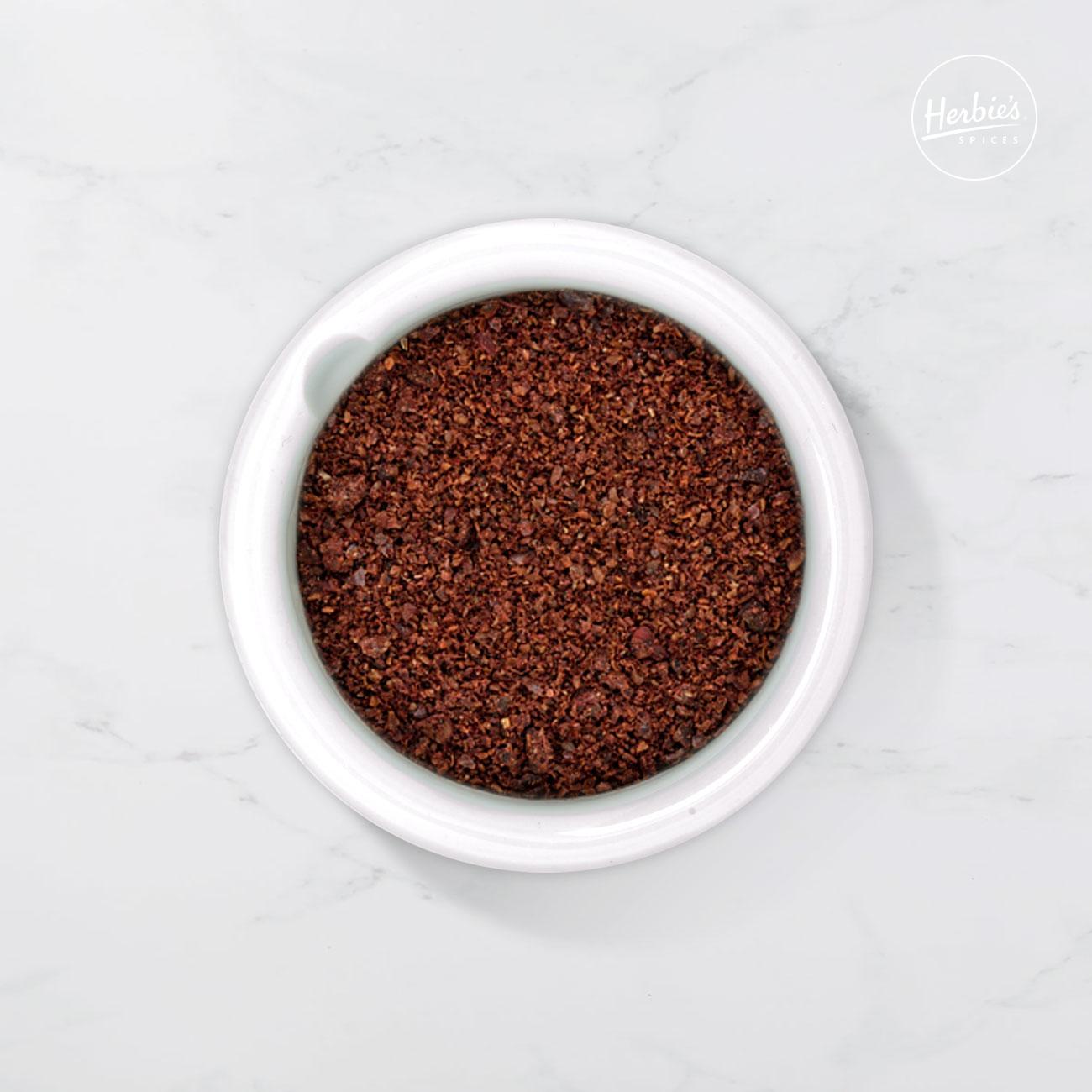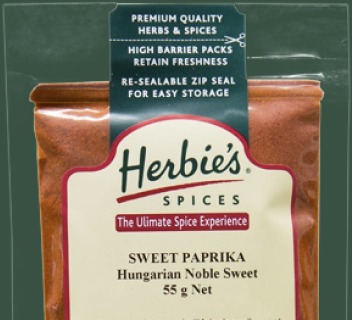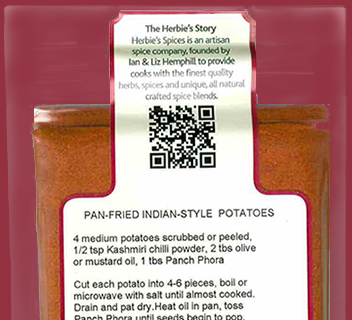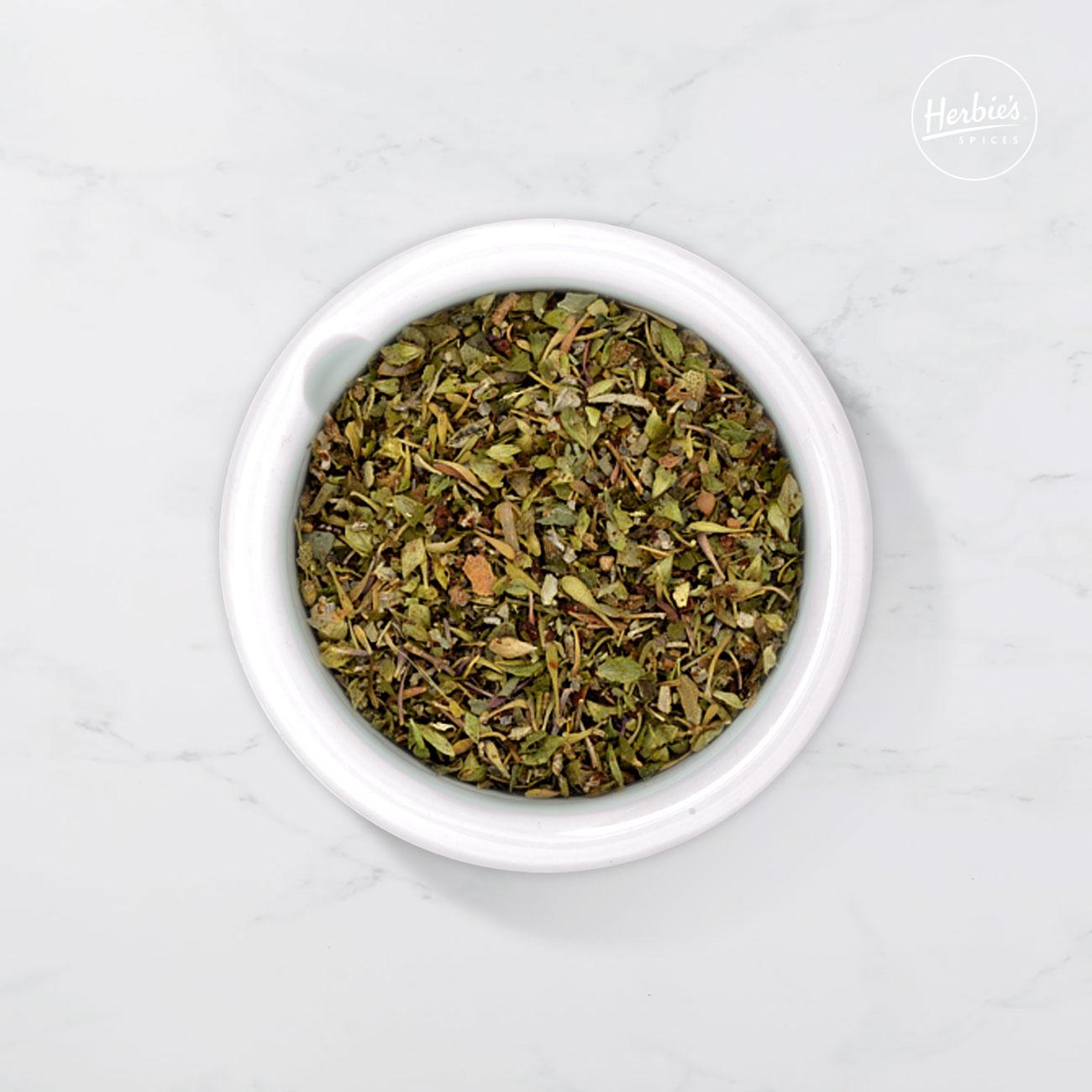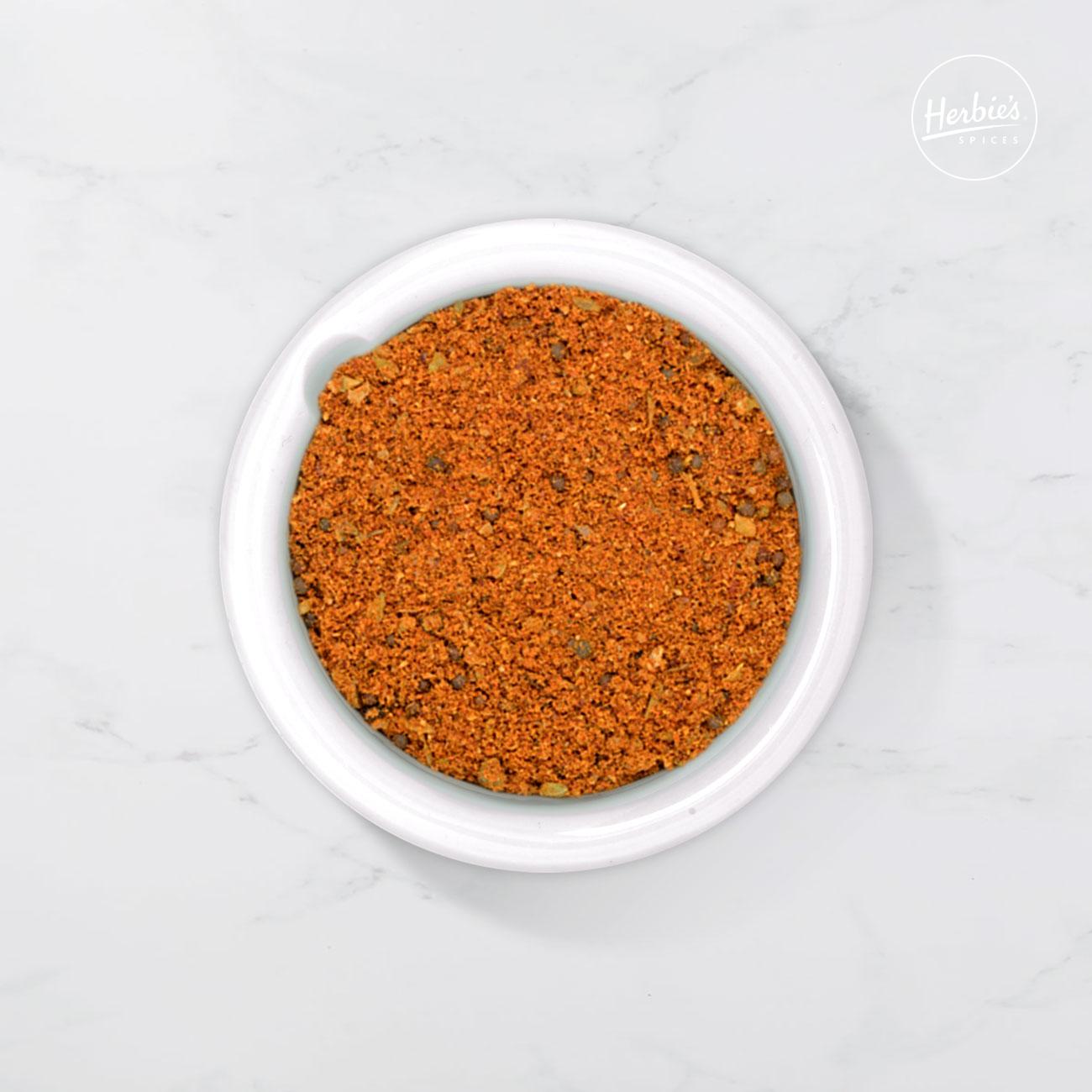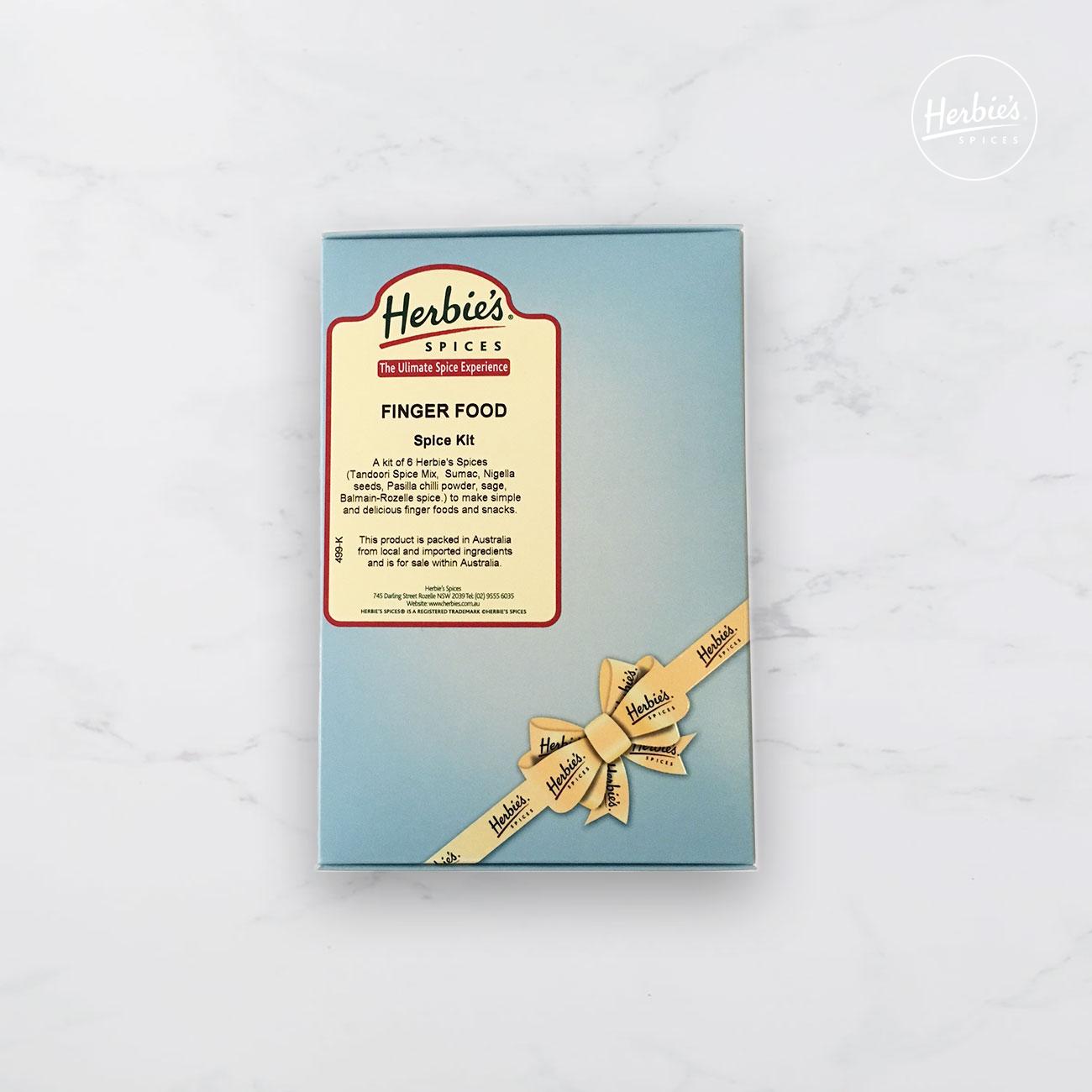Sumac Ground
Description
A dark purple, Middle Eastern spice that compliments tomato & avocado.
Other Common Names
Elm Leaved Sumac, Sicilian Sumac, Sumach, Summak, Sumak. Botanical Name: (Rhus coriaria)
Description & Use
Do not attempt to identify and gather Sumac yourself, as there are many varieties of the Rhus family that are poisonous, and can create severe allergic reactions in some individuals. Sumac of culinary use comes from a tree that grows in the Middle East. Sumac spice is the flesh and skin of the berry that is harvested when crimson. The hard seed that remains after the flesh is rubbed off, looks like a coriander seed and has little flavour compared to the outer flesh, which gets its acidity from Malic Acid, the same as in green apples. Sumac has a delicious, fruity, lemon-like tangyness. Sprinkle over salads, particularly avocado and tomato, and use to season white meats during cooking. Sumac forms a tasty crust when coated onto lamb joints before cooking.
Produce of Turkey packed in Australia.
Allergy Statement: Sumac trees belong to the same family as cashew trees.
Contains
Sumac, Salt
Weight
45g 90g

